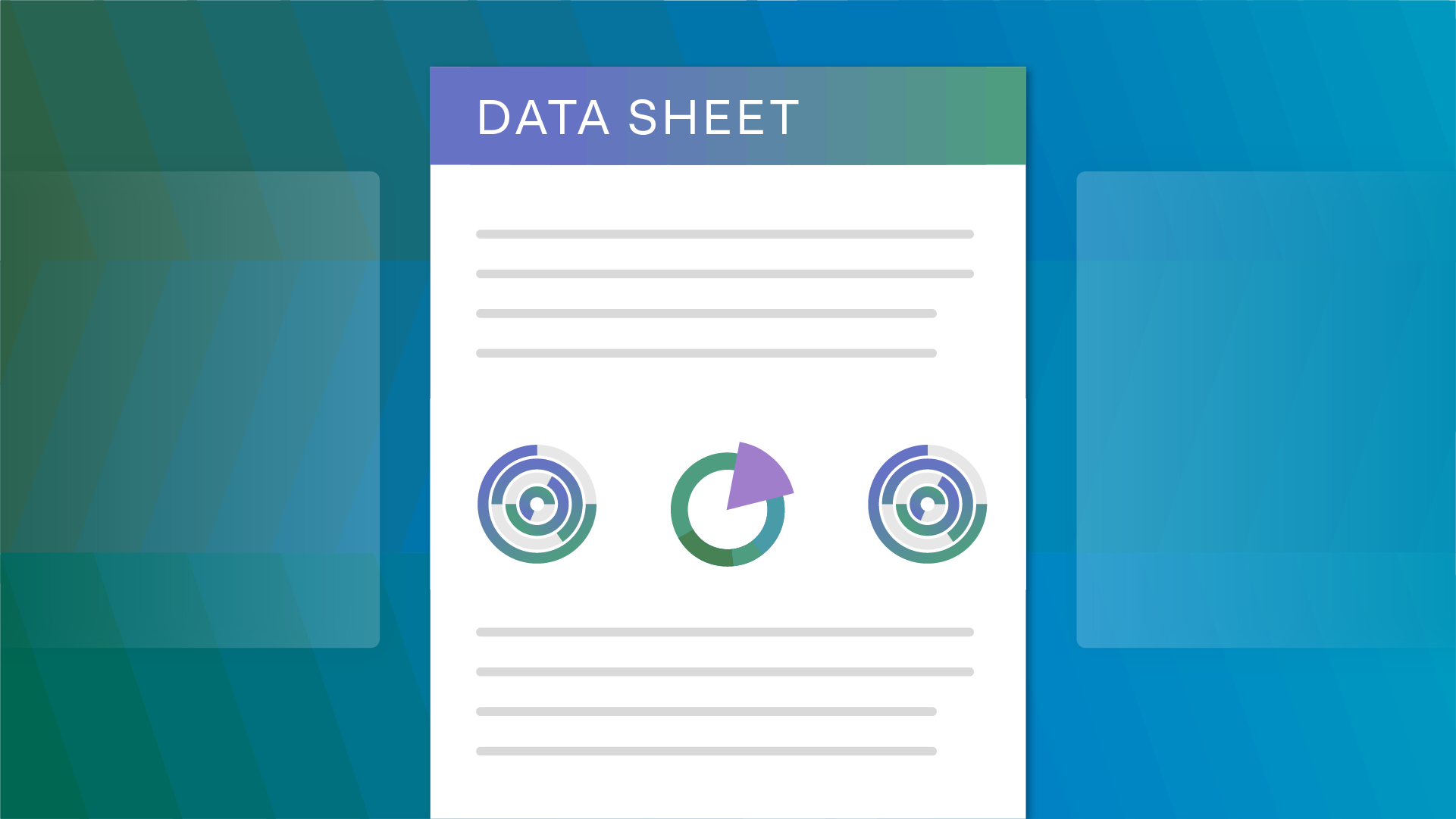Trust is the new brand equity, and building trust leads to mutual value and respect with your customers. Transparency when collecting data has been a top priority for years, but nowadays, customers are looking for more control over their data, as well as personalized experiences. This opens a huge opportunity for organizations to foster transparent, trusted relationships with their customers, leading to better experiences, safer data practices, and an environment of openness.
Traditionally, when customers think about the different brands they engage with every day, they look at things like price, quality, and user experience. While those factors are still significant, now more than ever, consumers say that brand trust is the most important consideration. But when it comes to organizations that use consumer information, we’re facing a ‘trust deficit’. Less than half of brands today are seen as trustworthy by consumers.
The value of being a trusted brand is clear. In fact, 46% of people say that they are willing to pay more for a brand they trust, while 66% of customers find transparency to be the most attractive quality of a brand.
What’s driving trust as a differentiator?
1. Increased Regulation
With the increasing wave of global regulations impacting countries and businesses around the world, it’s clear privacy laws are here to stay. Consumers are now more wary of their data being collected and are holding organizations to a higher standard regarding data permissions, access, and usage policies.
2. Technical Changes
The most impactful change to marketing and digital organizations is the deprecation of third-party cookies and third-party tracking. With Apple and Mozilla already saying goodbye to third-party cookies, Google, the web browsing market leader, will be following suit shortly as well. Google also announced that it will allow Android users to opt out of being tracked by advertisers, following Apple’s rollout of its App Tracking Transparency, or ATT feature in iOS 14.5.
3. Consumer Expectations
Consumer expectations in today’s market are a balancing act of privacy and personalization. Getting this balance right is the struggle that organizations across all industries face.
Executing this successfully can be broken down into a four-step process.
- Deliver transparent customer experiences on how their data is used
- Provide a clear value exchange for their data
- Respect their privacy with easy opt-out procedures and unambiguous language
- Provide personalization to a level that is pre-defined by the consumer based on their choices
73% of consumers are willing to share more personal information if brands are transparent about how it’s used. Data transparency leads to trust, value for customers and stakeholders, and an engaging, personalized brand experience.
What are the factors involved in data collection today?
What happens at the point of data capture? How can you make sure your organization is meeting legal requirements for privacy notices and disclosures while maintaining a pleasant user experience? These questions have a direct impact on delivering trusted experiences to your customers.
Let’s go through a few questions on third-party data, first-party data, and notices and disclosures that will help you build an understanding of how your organization collects data, where these data touchpoints are located, and how you communicate this to individuals.
The first point to consider is third-party data, as well as third-party trackers. This refers to a third-party cookie, or the technology that your website leverages through third-party or fourth-party vendors. Questions to consider include:
- Is this vendor operating on your site via a single tag?
- Are they a CDP (customer data platform) that’s pulling in this information?
- Are they a supply side provider that may be propagating that data to an ad server, which could then be picked up by fourth-party vendors?
- What is the purpose of processing that each one is using data for?
- Is it strictly necessary to site performance? Is it for analytics? Is it for targeting and personalization?
Next, let’s look at first-party data.
- Do you know where you are collecting information for your organization?
- Do you know where your marketing or digital team is storing that data?
- What exactly are they using that information for? Is it necessary?
- Do they allow access to that data by a third party?
- Are you collecting sensitive personal information at any point?
Finally, let’s look at notices and disclosures.
- Are you getting consent if it’s required?
- Are you disclosing where a sale of data may be occurring if that data is transferred to a third party?
- Have you provided a mechanism for someone to opt-out if you are capturing consent?
What factors are important after data is collected?
We’ve talked about governance around data collection, but what happens after data has been collected is equally important. The first thing to implement is an audit trail and granular reporting over each step of the consent process. This is where leveraging a consent management tool can help.
Compliance has shifted from a check the box exercise to embedding consent governance into the fabric of your policies and processes. It’s important to demonstrate proof of user interaction, proof of notice, and proof of an opt-in or opt-out. On the consent management side, it’s important to understand who consented, and what time they consented.
When looking at the user’s experience of consent, consider the following:
- What were they told at the time?
- What was presented to them, as well as how they consented, did this come offline?
- Was it on your website?
- Was it through the mobile app?
Keeping this level of granular consent management as a priority for your organization ensures individuals have a much more trustworthy and transparent experience, as they know exactly when, where, and why their data was collected.
See how OneTrust’s Consent Management tool can help enforce consent governance across your organization with the video below.
































